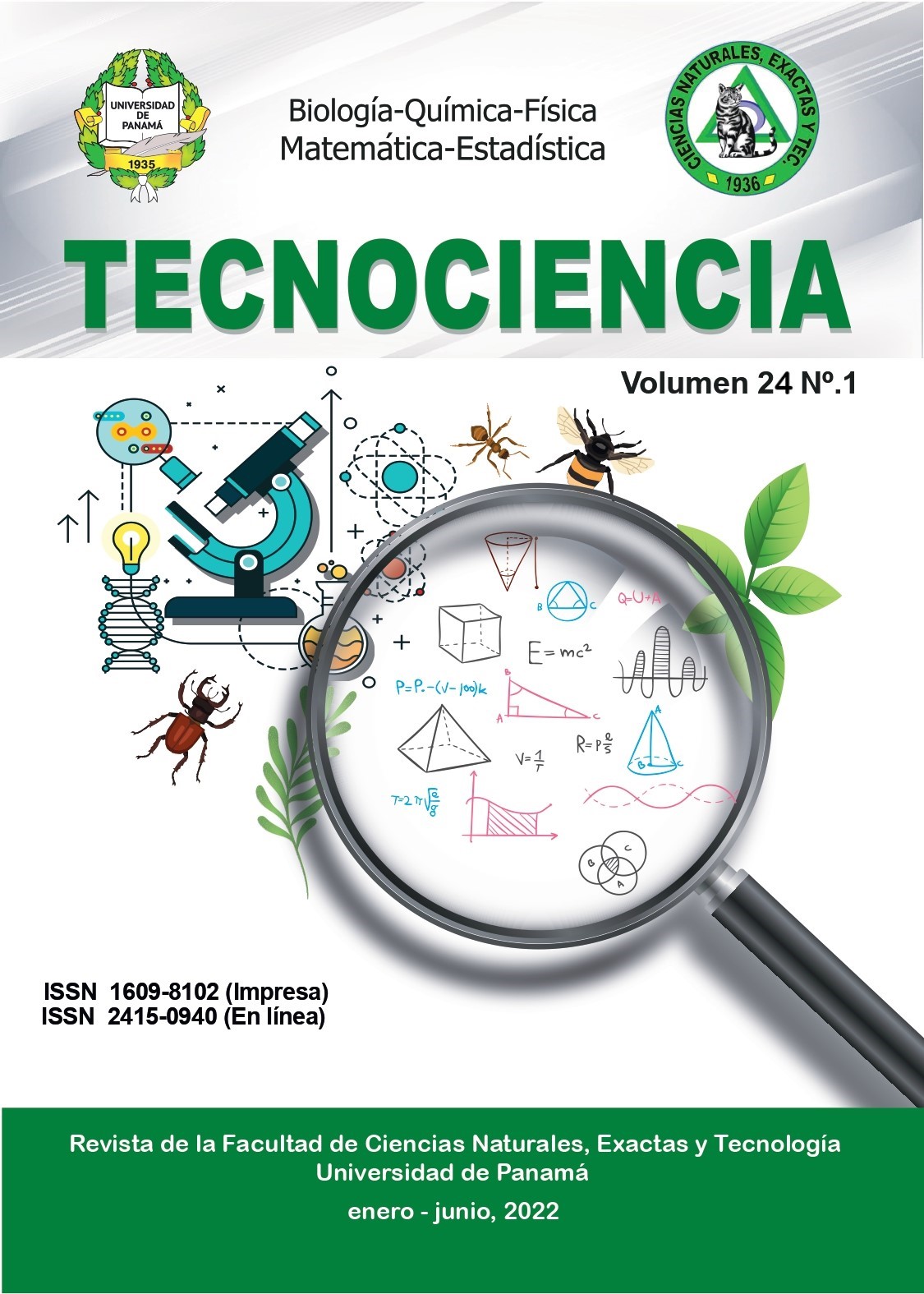References
Agropal. (2021). Los efectos de la baja temperatura en el cultivo de cereal. http://www.agropalsc.com/servicios_noticias_d.shtml?Idboletin
=891&idarticulo=145116&idseccion=4430. Consulta:17–noviembre–2021.
Banco Mundial; CIAT; CATIE. (2014). Agricultura climáticamente inteligente en el Perú. Serie de Perfiles nacionales de agricultura climáticamente inteligente para América Latina. Washington D.C. 12 p. https://cgspace.cgiar.org/bitstream/handle/10568/52994/CSA-en-Peru.pdf?sequence=8&isAllowed=y.
Briggs, D. E. (1978). Barley. Fletcher and Son, Ltd., Norwich. 612 p.
Collantes, R. (2007). Comparativo del rendimiento y calidad de cultivares mejorados de cebada (Hordeum vulgare L.) en dos localidades de la Sierra Central de Perú. Tesis para optar el título de Ingeniero Agrónomo. Universidad Nacional Agraria La Molina, Perú. 107 p. http://dx.doi.org/10.13140/RG.2.1.3970.7281.
Coronel, J.; y Jiménez, C. (2011). Guía práctica para los productores de cebada de la Sierra Sur. INIAP, Estación Experimental del Austro, Boletín Divulgativo N° 404, Cuenca, Ecuador. 12 p. https://repositorio.iniap.gob.ec/bitstream/41000/1106/1/404.PDF.
Corró, A.; Pérez, J.; Figueruelo, A.; Funaro, D.; Cabo, S.; y Olguin, R. (2016). Daño por frío en cereales de invierno. Informe Técnico, INTA, Argentina. https://inta.gob.ar/documentos/dano-por-frio-en-cereales-de-invierno, 9p
Despommier, D. (2020). The Vertical Farm: Feeding the World in the 21st Century. Picador, A Thomas Dunne Book. St. Martin’s Press, New York. 346 p.
Dofing, S. (1997). Ontogenetic Evaluation ol Grain Yield and Time Maturity in Barley. Agronomy Journal, Vol. 89, N° 4: 685-690. https://doi.org/10.2134/agronj1997.00021962008900040023x.
Lira, R. (1994). Fisiología Vegetal, Capítulo 11: El proceso fotosintético en las plantas, p. 159-177. Editorial Trillas, México D. F., México.
Llacsa, J.; Gamarra, J. A.; Gómez, C. A.; Martínez, A.; Gómez, L. R.; Viera, M. A. (2020). Evaluación de genotipos promisorios de cebada (Hordeum vulgare L.) en los Andes centrales de Perú. Revista de Investigaciones Veterinarias del Perú, 31(2): e17856. http://dx.doi.org/10.15381/rivep.v31i2.17856.
MINAG (Ministerio de Agricultura, PE). (2011). Manejo y Fertilidad de Suelos: Cereales y Granos Nativos. Manual Técnico. 47 p. https://repositorio.midagri.gob.pe/bitstream/MIDAGRI/395/1/Cereales%20y%20granos%20Minagri.pdf. Consulta: 17 – noviembre – 2021.
Quispe, G. (2007). Evaluación del Sistema del Cultivo de Papa (Solanum tuberosum L.) en la Comunidad Campesina de Aramachay (Sincos, Jauja, Junín). Tesis para optar el título de Ingeniero Agrónomo. Universidad Nacional Agraria La Molina, Perú. 97 p.
SENAMHI (Servicio Nacional de Meteorología e Hidrología del Perú). (2020). Mapa climático del Perú. https://www.senamhi.gob.pe/?p=mapa-climatico-del-peru. Consulta: 18 – noviembre – 2021.
Windes, S.; Carrijo, D.; Curwen-McAdams, C.; Hayes, P. (2019). Improving the Sustainability of Malting Barley Production: Prospects for Perennial and Annual Growth Habit Varieties. Crop Science, 59:2289–2296. http://dx.doi.org/10.2135/cropsci2018.12.0747.

